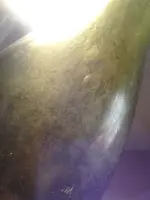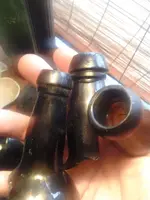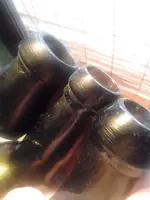GatorBoy
Gold Member
- Joined
- May 28, 2012
- Messages
- 14,716
- Reaction score
- 6,156
- Golden Thread
- 0
- Primary Interest:
- All Treasure Hunting
- #21
Thread Owner
Thanks.. Its just that I have several top finishes from a second Seminole war fort from the 1830's that are applied which is defferent of course but not at all crude. Also in the bottle I have pictured there is a lot of air bubbles and clearly visible tool marks on the finish. There is no seam anywhere. I just don't see thing that points to machine made. also no one has pointed out anything another than it would be more warn or crude. You should be able to see the air bubbles when backlit. So far I have posted alot of visible evidence of it not being machine made.







